There are many ways you might reduce your personal plastic use, whether it’s switching to a paper straw or taking a tote bag shopping, but have you ever considered your skincare routine?
At Mazillo, we’re passionate about protecting the land we live on (after all, it’s the source of all our ingredients). That’s why we try to use as little plastic as possible in our skincare packaging. In this post, we’ll dive into beauty’s plastic problem and how you can cut back on your skincare waste.
What’s the problem with plastic?
Put simply, the problem with plastic is that we throw it away a lot faster than it goes away. It isn’t natural, and so it isn’t biodegradable. Once it’s chucked out, it sticks around for hundreds of years.
According to the National Geographic, of the 8.3 billion tonnes of plastic produced, 6.3 billion becomes waste. Of that, only 9% is recycled. So where does it end up? Clogging up landfills and eventually contaminating oceans instead.
To make these statistics even scarier, research from the Ellen MacArthur Foundation warn that if present trends continue there’ll be more plastic than fish in the oceans by 2050.
That doesn’t mean we’re destined for doom and gloom, though. There are ways to change these trends and work towards a more sustainable future. The National Geographic state that, if there’s a fundamental change in how plastics are made, used, and discarded, the problem is resolvable.
Now you may be thinking ‘well, what can I do about such a big problem?’, but every small step counts. Start by thinking about where you can cut down plastic in your own life. Our suggestion? Your skincare routine.

Beauty waste
Did you know that the beauty industry contributes 120 billion units of packaging every year? And to make matters worse, most of it isn’t recyclable. Just think through your own routine; the average moisturiser pot can take nearly 1,000 years to decompose and plastic bottles (such as a face wash) take around 450 years.
Research from Garnier found that over 56% of Brits (that’s 4.5 million people) don’t recycle their bathroom products because it’s deemed inconvenient. The extra effort hopefully seems worth it now you know the impact!
For the beauty industry to reduce waste it’s got to be joint effort from producers and consumers. Luckily, there are ways to cut back on plastic and create a more clean, green, and plastic-free skincare routine.
Plastic-free skincare: how can the beauty industry reduce plastic?
Here are some ways we can help skincare and plastic go their separate ways…
- No plastic in the product
You might be wondering what plastic could possibly be in your skincare product, but you’d be surprised. Microbeads (i.e. microplastics) used to be a popular kind of exfoliant found in scrubs.
Although Cosmetics Europe called on its members to stop using microbeads in 2015, many still do. In Poland, the majority (52%) of scrubs tested still had plastic microbeads in 2019, similarly, in Spain, 43% of scrubs contained the plastics in 2018. To this day, microplastics are snuck into skincare products.
Your action plan:
Opt for natural skincare products with 100% biodegradable ingredients.
- Keep it close to home
When ingredients are shipped from around the world, they require a lot of packaging (often plastic!) to protect them. By choosing ingredients that are grown locally, not only are c02 emissions cut down, but plastic is reduced too.
Your action plan:
Choose brands that use source, formulate, and manufacture their products in one place, or places close by. You can read about how we’re keeping it close to home, in our Beauty Miles post.
- Cut-out single use products
We’ve all been there. Too tired to do our skincare routine, so we use a quick and convenient makeup wipe instead. Not only are they harsh on the skin due to drying ingredients, it turns out we’re throwing away 11 billion of them every year! They can take up to 100 years to biodegrade. Add sheet masks and pimple patches to the equation, and that’s a lot more waste than we’d like to admit. It’s best to steer away from single-use altogether.
Your action plan: Find a skincare routine so effective, you’ll never want to go near a wet wipe again! You can also buy reusable face cloths or cotton pads that you can chuck in the washing machine and keep on using.
- Get clear on labels
There’s nothing worse than having to throw away a product because it’s passed its expiry date. Actually, there is. Not knowing how, or if, you can recycle it when you throw it away. To avoid wasting products that aren’t finished, their expiry dates should be clearly labelled on the packaging. As should instructions on how to recycle them correctly.
Your action plan: Always read the labels. If the expiry date and recycling information are hard to find, you might want to find a product with more transparency. If the information’s there, well, you know what to do!
- Plastic-free packaging
We’ve saved the most obvious to last. Products packaged in plastic bottles and tubes (and then plastic boxes) are clearly ones to avoid when cutting down your plastic use.
Your action plan: Pay a little more attention when it comes to packaging. You might discover a zero-waste and ‘naked’ product you love, or read up on how a brand is going the extra mile to make sure you can recycle their packaging.
Our plastic-free progress
When it comes to sustainability, the work is never done. We know we’re not perfect, but we’re committed to being transparent as we continue minimising our environmental impact.

One thing we’re particularly proud of is our green-manufactured glass jars. More than just a pretty colour, reducing waste was at the heart of this packaging decision. As glass can only be recycled when it’s clear, amber, or green, we’ve chosen glass originally manufactured in green. What’s more, green glass protects the delicate natural ingredients in our products from sunlight and heat, keeping them fresh for longer. Our glass pipette vials can also be recycled in your nearest glass recycling bin.
We’re proud that all of our secondary packaging is made out of fully recyclable cardboard, printed with eco-friendly ink. We have also ditched any leaflets, bubble wrap, and foil, in favour of 100% biodegradable ‘peanuts’. All of our orders are hand-packed in recyclable boxes and our thank you cards are made out of seed paper ( you can plant them and watch grow into beautiful wild flowers!).
The next hurdle we’re tackling is our plastic pumps and lids. Unfortunately, they’re currently not recyclable, but we promise we’re actively on the look-out for sustainable alternatives.
Follow us on Instagram to stay in the loop as we continue our work to beat beauty’s plastic problem.
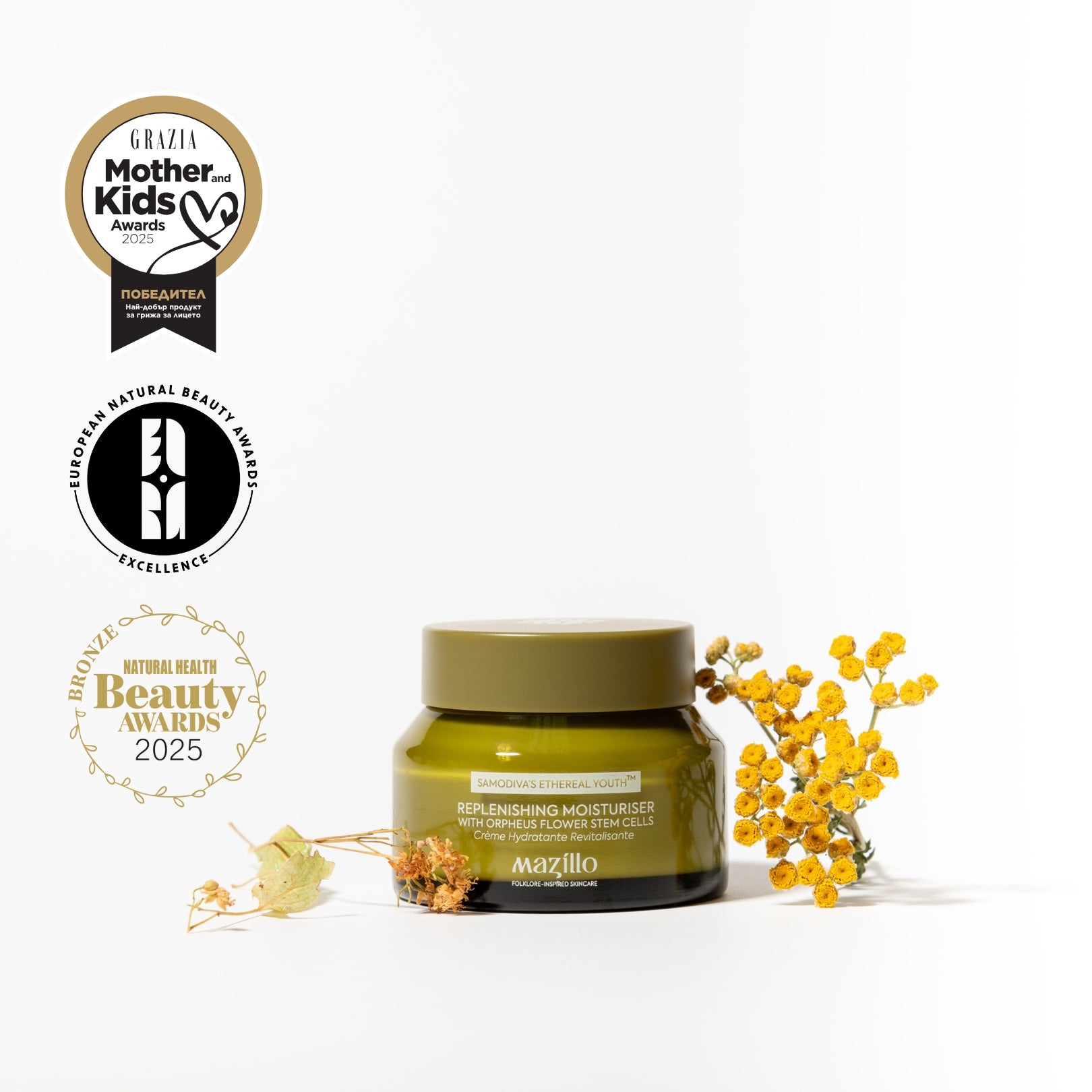
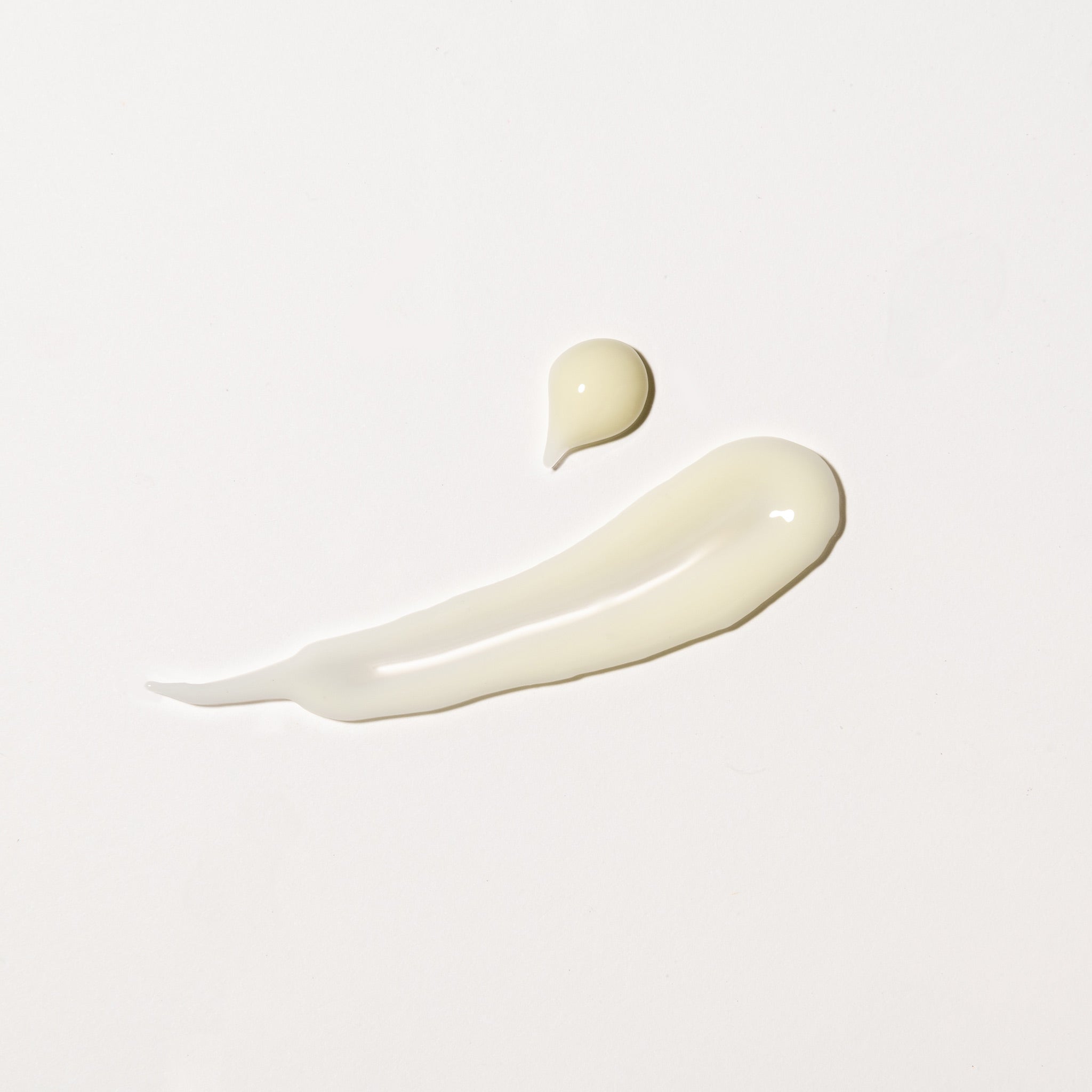
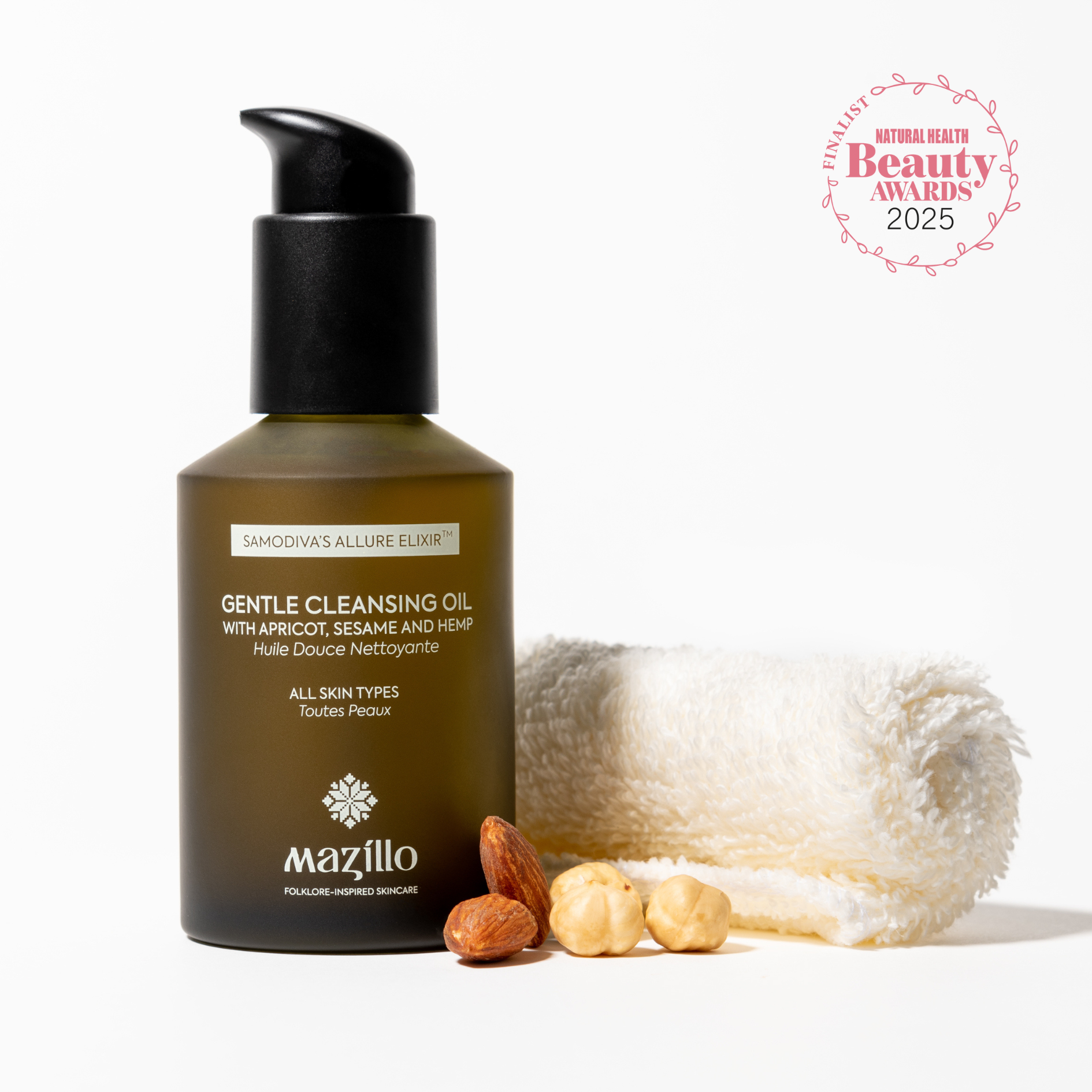
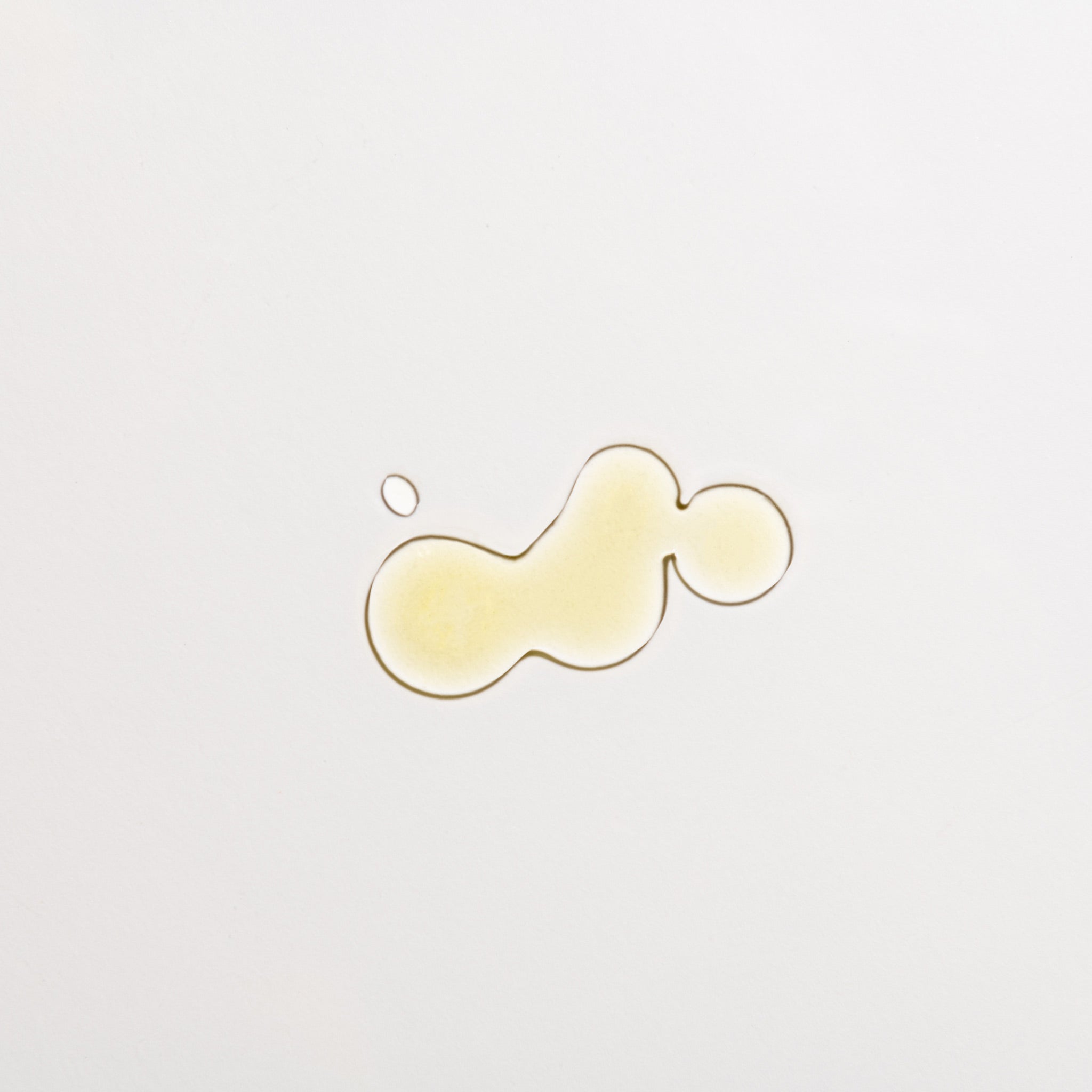
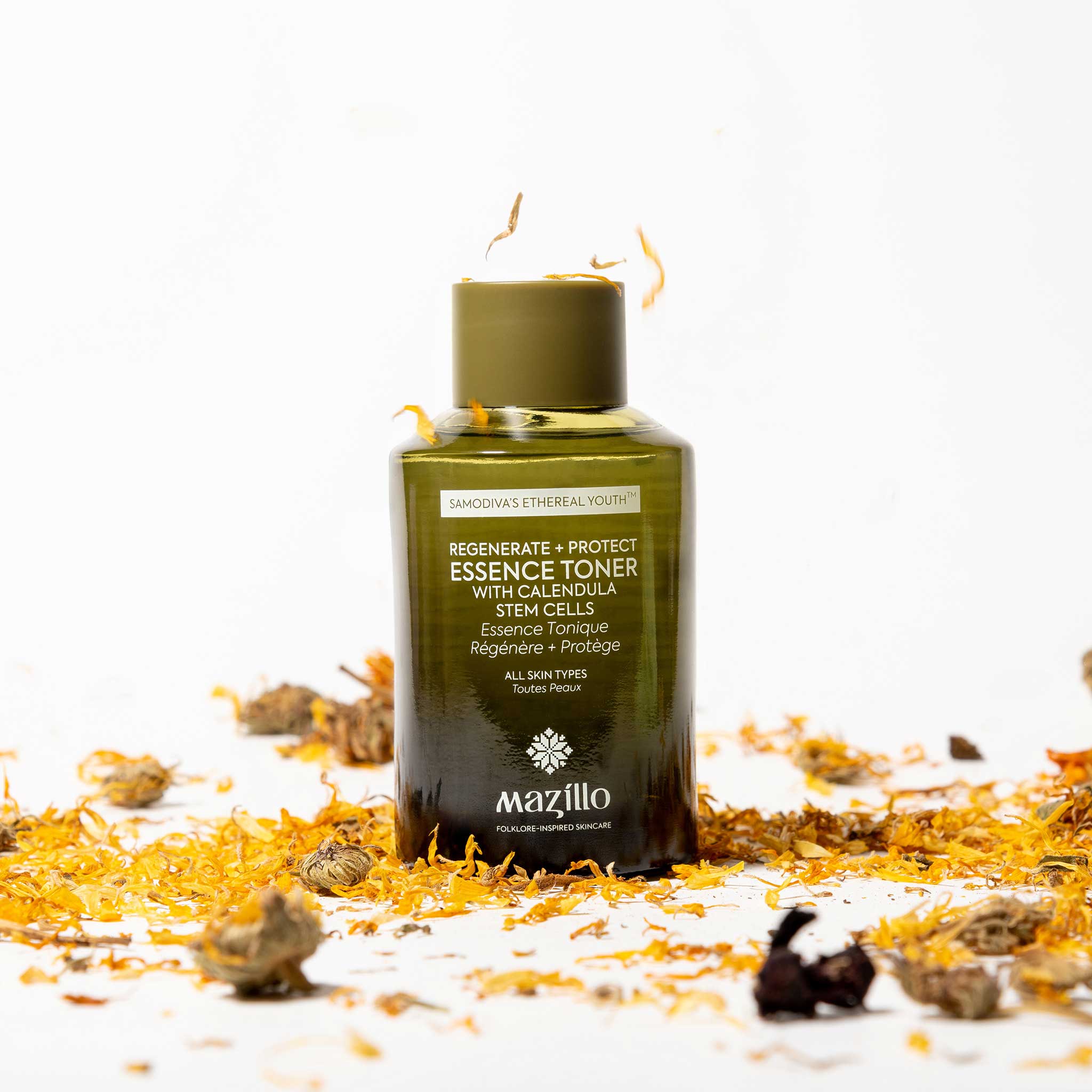
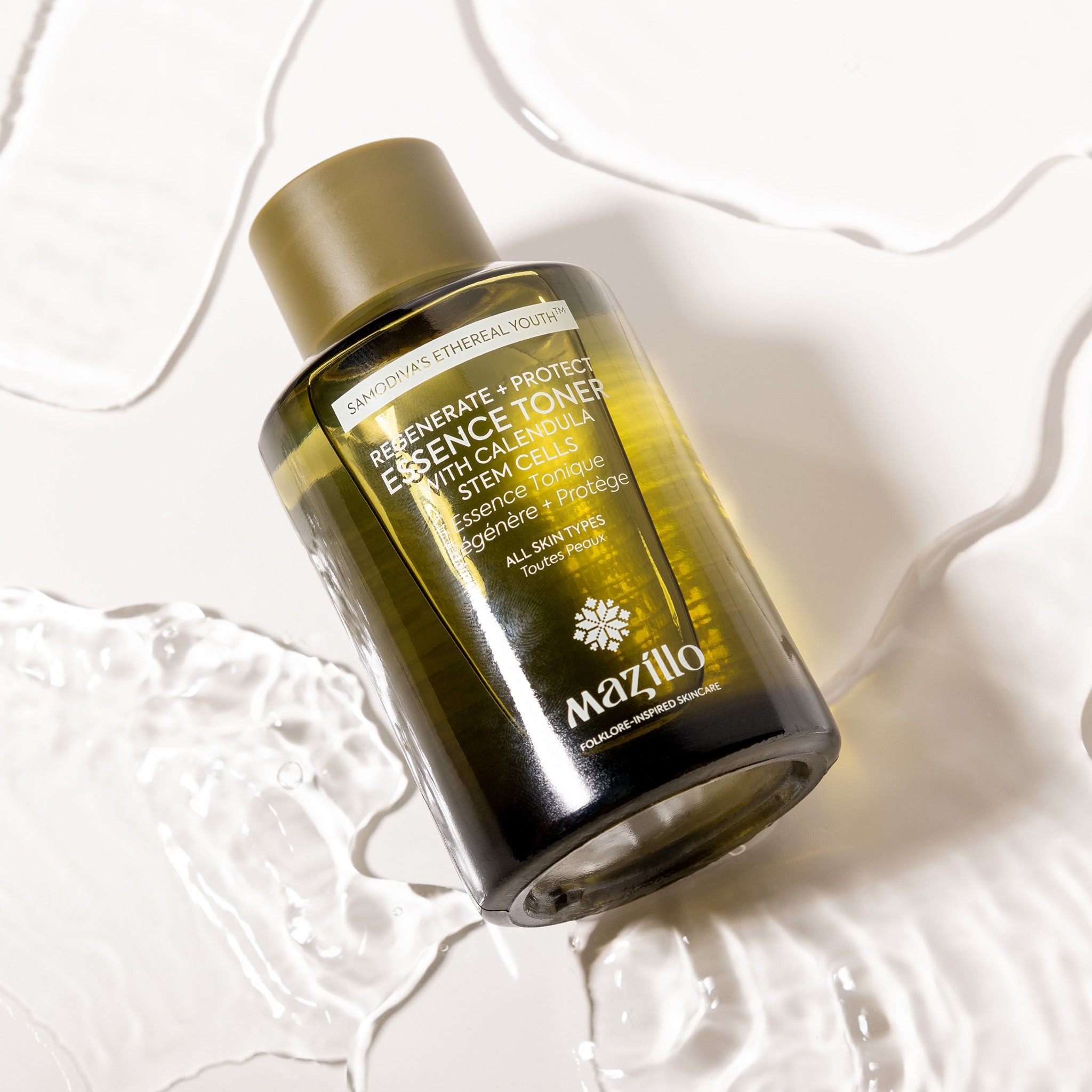

1 comment
The other day, I talked with my wife about reducing our waste impact, so we decided to be very careful when we buy any type of product. I found it interesting when you explained how beauty products are made out of non-recyclable materials, so I’ll talk to my wife about looking for plastic-free products. Thanks for your intake on skincare products and what to consider when purchasing one. https://www.thekeeprefillery.com/pages/kingston-store
Leave a comment